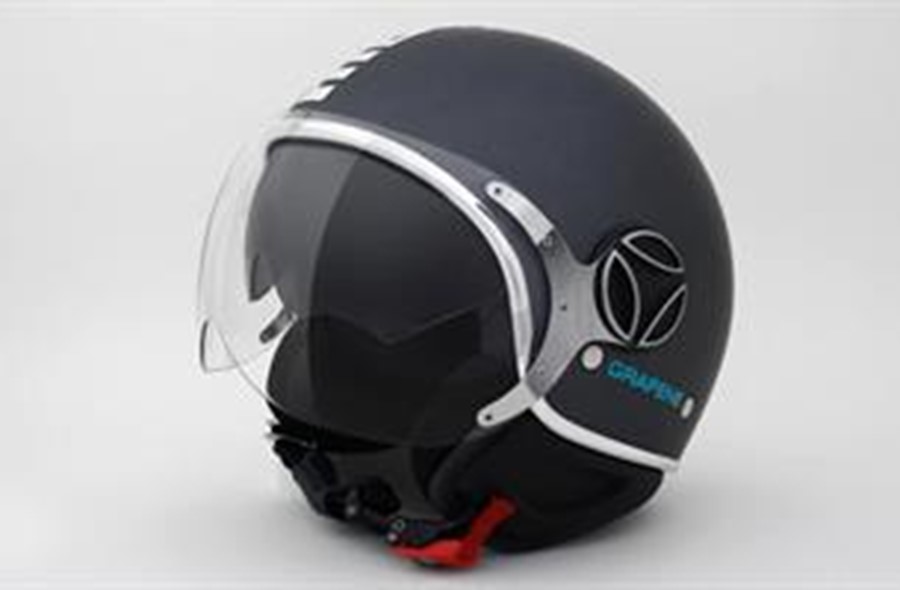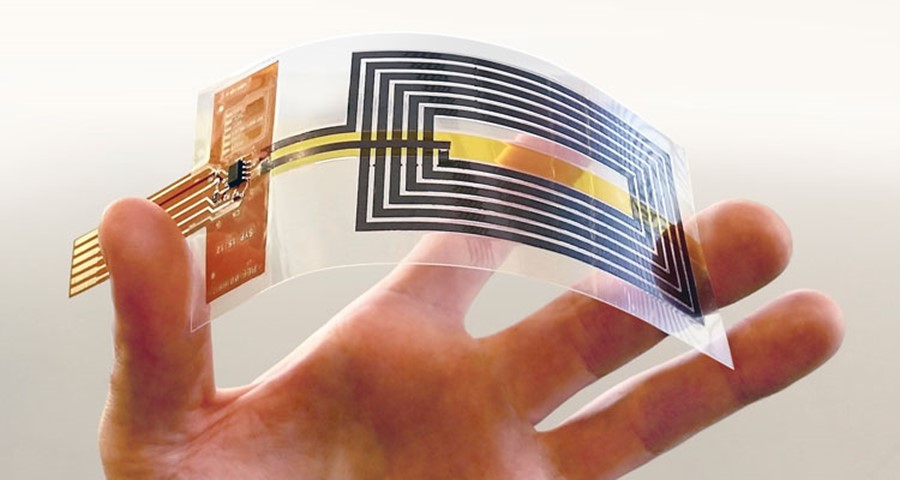Graphene Shows Promise for Composite Applications
Under the umbrella of the Graphene Flagship, a number of partners are exhibiting products and prototypes at the Composites Europe 2016 trade fair in Düsseldorf.
Due to its unique combination of properties, graphene is being used to improve the functionality of composites. Graphene is a two-dimensional carbon-based material in the form of robust, flexible sheets that are a single atom thick. It is lightweight but at the same time strong and an excellent conductor of heat and electricity. Graphene sheets with a lateral size of several microns can be produced on a large scale from the exfoliation of graphite.
The Graphene Flagship, Europe’s biggest ever research initiative, carries out advanced research into the creation of unique and innovative materials by incorporating graphene into composites. There are many potential application areas including the aerospace and automotive industries, energy applications, structural foams, films and coatings.
“Our goal is to improve our control of the properties of graphene at the nanoscale to obtain truly disruptive products and fully exploit the unique electrical, mechanical or optical properties of graphene,” says Vincenzo Palermo, Graphene Flagship leader of the Polymer Composites Work Package.
Under the umbrella of the Graphene Flagship, a number of partners are exhibiting products and prototypes at the Composites Europe 2016 trade fair in Düsseldorf. The most recent commercial product, coming out of a collaboration between Graphene Flagship partner Italian Institute of Technology and Italian design company Momodesign, is a motorcycle helmet with a graphene coating that allows better distribution of impact force, making the helmet less susceptible to damage even in high temperature conditions.
The world’s first graphene-skinned aircraft, called Prospero, was successfully flown at the Farnborough International Air Show in the UK earlier this year. This example of an industry/academia collaboration between the Universities of Manchester and Central Lancashire (UK) and several SMEs, including Haydale Composite Solutions (UK), envisions how graphene might be used as a potentially disruptive technology in the aerospace sector. Visitors to the Graphene Flagship stand at Composites Europe 2016 will have the opportunity to study the details of Prospero on the ground, as well as a drone with graphene-enhanced propeller blades, exhibited for the first time.

At Composites Europe, Graphene Flagship partner CNR-ISOF (Italy) will also exhibit metal-free, flexible near-field communication (NFC) antennas based on graphene. These antennas are laminated on different substrates such as PET, PVC or Kapton, and communicate with normal smartphones through an NFC reader. These results show that graphene antennas can be used directly in working devices, with no additional tuning of software or hardware in the interacting devices.
Avanzare Innovacion Technologica (Spain) is another Graphene Flagship partner exhibiting at Composites Europe. Avanzare has successfully launched a graphene additive for resins that is already being used in high-volume industrial applications. The graphene enhances the functionality of the resin, combining graphene’s electrical conductivity and mechanical strength with excellent corrosion resistance. This new graphene resin can be used for corrosion-resistant tanks and pipes for storage and transport of potentially explosive chemicals – an application that was previously wholly dependent on metallic systems.
For companies looking to explore the potentials of graphene in composites the Graphene Flagship will hold a Graphene Connect workshops during the Composites Europe 2016 trade fair. The workshop will focus on graphene-based composites and coatings, including lightweight and multi-functional composites for aerospace and automotive industries, offering a platform for networking and collaboration between academia and industry.

Our goal is to improve our control of the properties of graphene at the nanoscale to obtain truly disruptive products and fully exploit the unique electrical, mechanical or optical properties of graphene."
Work Package Leader





